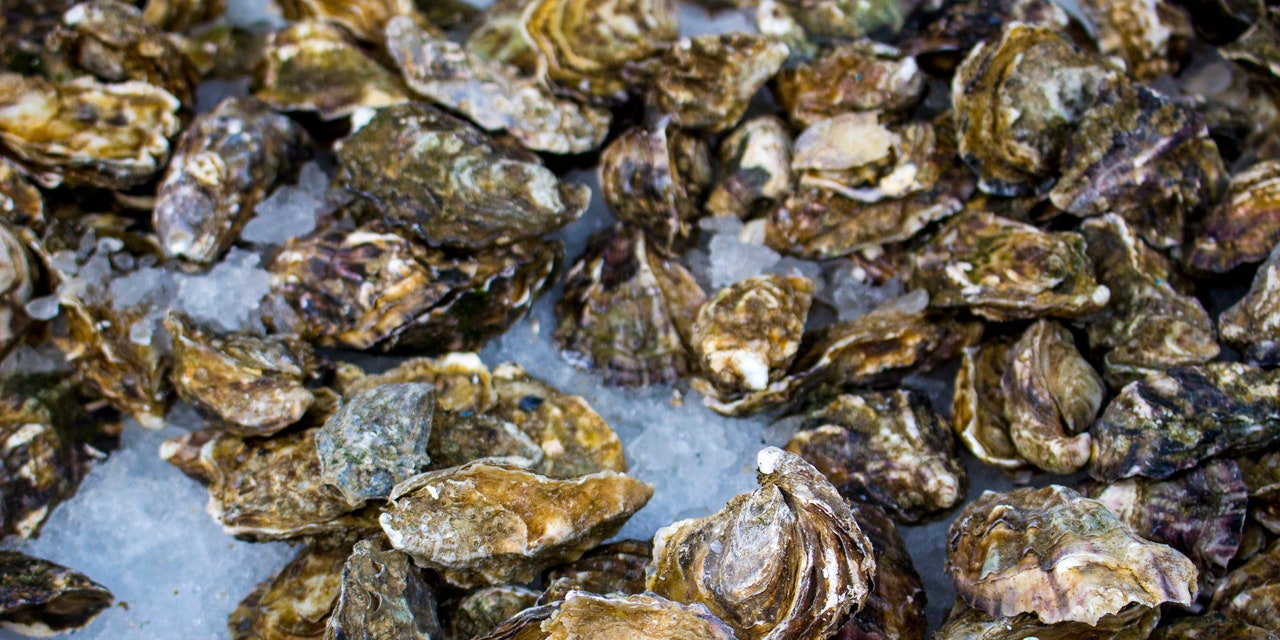
[ad_1]
There’s nothing more summery than shucking some oysters, but you might want to think twice before you slurp them down—or at least check where your haul is coming from first. That’s because some shellfish may be contaminated with a serious toxin, according to the FDA.
On June 5, the organization issued an alert that some oysters, bay clams, and other shellfish harvested in Oregon and Washington might contain a neurotoxin that can cause paralytic shellfish poisoning (PSP), a potentially life-threatening illness. Due to the health risks, both states have issued recalls for the affected seafood, the FDA reports.
On May 30, the Oregon Department of Agriculture notified the FDA that oysters and bay clams harvested from growing areas in Netarts Bay and Tillamook Bay on or after May 28 may contain elevated levels of saxitoxins or paralytic shellfish toxins (PSTs)—the driver behind PSP—according to the agency. The affected oysters and bay clams were distributed in Oregon and New York and may have reached other states as well, the FDA says.
That same day, the FDA reports, the Washington State Department of Health contacted the agency with a similar message concerning “all shellfish species” from growing areas in Willapa Bay: Stony Point, Bay Center, and Bruceport. The affected Stony Point shellfish were harvested between May 26 and May 30, and the Bay Center and Bruceport ones between May 29 and May 30. They were shipped to Arizona, California, Colorado, Hawaii, Nevada, Oregon, and Washington (as well as potentially other states too), the FDA says.
So what is paralytic shellfish poisoning?
Like we mentioned, paralytic shellfish poisoning is caused by paralytic shellfish toxins, and they make their way into things like clams, mussels, and oysters through the food chain. PSTs are produced by naturally occurring marine algae, according to the FDA. When shellfish eat the algae, the toxins build up in their flesh.
In low numbers, the algae isn’t really a problem, according to the Washington State Department of Health. However, problems arise when “algal blooms” develop during certain favorable water conditions. Since shellfish eat more algae during these periods, they take in more toxins along with it. While this doesn’t harm those creatures, the toxins can reach levels dangerous to fish, birds, and mammals, the organization reports. Some kinds of shellfish are able to flush the toxins from their systems rapidly, but others are slower to get it done.
When the toxins linger in shellfish tissue, they can pose a health hazard to unsuspecting diners. Specifically, they can affect your nervous system and even paralyze muscles, according to the Washington State Department of Health. You’ll likely begin to develop symptoms of PSP within 30 to 60 minutes after eating the contaminated shellfish, according to the CDC. These can include headache, nausea, diarrhea and vomiting, and numbness and tingling of the face, lips, tongue, arms, and legs. In severe cases, you can experience respiratory failure—or even die.
As the Washington State Department of Health reports, PSP has been known to kill people in under 30 minutes. And it can be particularly deadly for kids, according to the CDC. While there’s no antidote to the toxins, supportive medical care for severe cases can keep you alive until the toxin leaves your body.
[ad_2]






